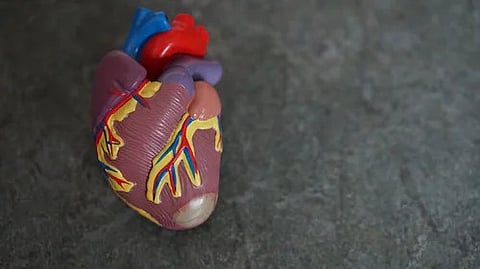In a pilot experiment, the team of researchers collected heart tissue samples from 15 people during cardiac surgeries, as well as pre-and post-operation blood specimens from half of the participants and then the team analysed the samples with laser direct infrared imaging and identified 20 to 500 micrometre-wide particles made from eight types of plastic, including polyethylene terephthalate, polyvinyl chloride and poly(methyl methacrylate).
"This technique detected tens to thousands of individual microplastic pieces in most tissue samples, though the amounts and materials varied between participants. All of the blood samples also contained plastic particles, but after surgery their average size decreased, and the particles came from more diverse types of plastics," the researchers said.
Despite the small sample size, the researchers claimed to have provided preliminary evidence that various microplastics can accumulate and persist in the heart and its innermost tissues.
They added that the findings demonstrate how invasive medical procedures, which provide direct access to the bloodstream and internal tissues, are an overlooked route of microplastics exposure.
"More studies are needed to fully understand the effects of microplastics on a person’s cardiovascular system and their prognosis after heart surgery," the researchers conclude.
(IANS/SR)


